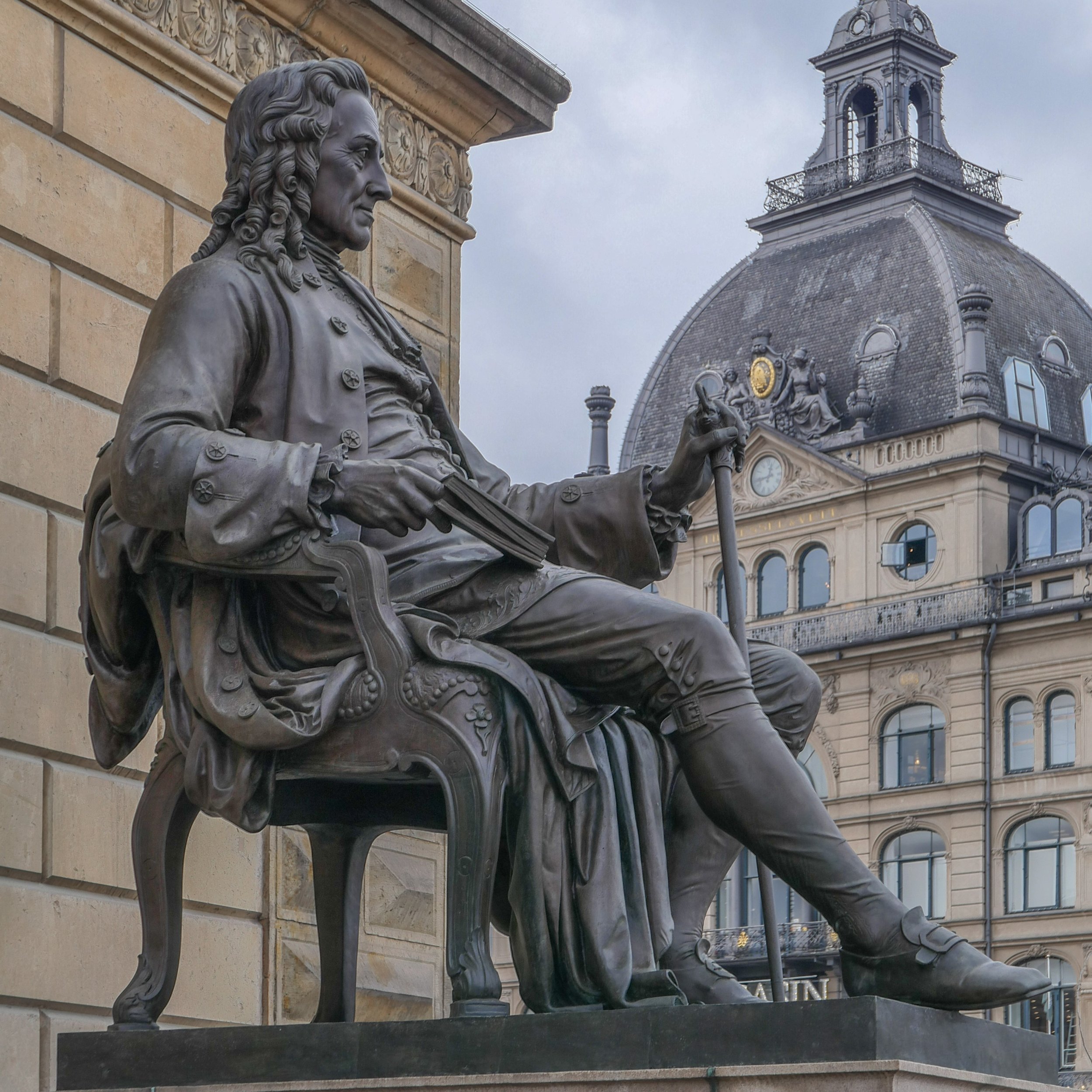Experiencing Architecture
/Experiencing Architecture
Steen Eiler Rasmussen
The MIT Press
paperback edition 1964
ISBN 978-0-262-68002-8
Steen Eiler Rasmussen was a Danish architect, a planner and a professor at the School of Architecture in Copenhagen who travelled widely including to China. Om at oplev arkitektur was published in 1957 and the edition in English, Experiencing Architecture, came out in in 1959.
Humane and gentle, in a scholarly way, his book is about as far as it is possible to get from a linear history of architecture: he includes discussions on subjects from the baskets of a Cherokee Indian reservation to not being able to sing in the bathroom at the Faculty Club at the Massachusetts Institute of Technology when he was teaching there because the acoustics were muffled. He analyses how we piece together our impression of a building by using our experience of other buildings or our appreciation of materials or what we understand about certain forms of construction.
Along the way, there is sharp and perceptive analysis - so for instance on the differences between buildings by Le Corbusier and Mies van der Rohe … Rasmussen thinks it is because of the very different ways they appreciated how planes define a space.
And there are some pithy observations such as his view that …
"Architecture is not produced simply by adding plans and sections to elevations. It is something else and something more. It is impossible to explain precisely what it is - its limits are by no means well-defined. On the whole, art should not be explained; it must be experienced."
Further on there is an observation that the architect …
"sets the stage for a long slow-moving performance which must be adaptable enough to accommodate unforeseen improvisations. His buildings should preferably be ahead of its time when planned so that it will be in keeping with the times as long as it stands."
In a short book - it can be read in an evening - he discusses incredibly complex ideas like the influence on the early development of what we would now see as modern architecture of the movement in painting known as Cubism where planes - light and heavy - move away from solid or void, space and mass and sculpture with no sense of structural thickness and begin to break down distinction between inside and out by using those flat planes with simple proportions.
Chapter headings - from Solid and Cavities in Architecture; Architecture Experienced as Colour Planes; Daylight in Architecture and the final chapter Hearing in Architecture - show clearly how he felt that architecture is tactile and you can sense the character and qualities of a building in different ways …
"It is not enough to see architecture; you must experience it. You must observe how it was designed for a special purpose and how it was attuned to the entire concept and rhythm of a specific era."
He describes complicated buildings in these broad-brush ways that suddenly explains why there is something you sensed but did not quite understand before … so, for instance, he describes the amazing interior of the Pantheon in Rome. There, the only natural light is from the open door and from the opening at the very top of the dome. The building is one of the great architectural experiences in the World but he compares that with the light in the interior of the Cathedral in Copenhagen - Vor Frue Kirke - a neoclassical design by Christian Frederick Hansen that was completed in 1829. The nave of the cathedral, like the Pantheon, is top lit, but it lacks drama and the natural light is somehow dull or flat. Reading Rasmussen's analysis, I now realise that the light in Vor Frue Kirke is too even and too rational, so it has eliminated shadows. Interiors need both light and absence of light.
Rasmussen makes important points about light in architecture because, he feels, too many architects see light in terms of quantity rather than quality. He discusses cross light in a space and the very particular way that light works in historic Dutch buildings where ceilings are high - land and space were expensive in Dutch towns so height becomes the compensation - and Dutch windows, with the lower half shuttered and the upper part with glass, give a distinct quality to historic interiors seen in the paintings by Vermeer or Rembrandt. What Rasmussen does not talk about are the interiors painted in Denmark by Vilhem Hammershøi at the beginning of the 20th century but those paintings are equally susceptible to such careful analysis because they are either an influence or possibly just simply a reflection of the emergence of simple, clean stripped down interiors in 20th-century Danish homes.
Reading Rasmussen's view of how light influences our perception of buildings and interiors, it is clear that too few architects now control natural light with sufficient subtlety.
Colour too is important - not just in itself but for how it effects our perception of the building: "In architecture colour is used to emphasize the character of a building, to accentuate its form and material" and to "elucidate its divisions." It is that last part that again seems to be lacking in too many contemporary buildings.
Some section of the book seem endearingly perverse. Rhythm is important in architecture and planning although we rarely perceive it or talk about it. There are obvious examples like the pattern of light and dark as we drive along a main road at night because lampposts are equally spaced or there is a rhythm of verticals along a continuous line of buildings in a street because, although the buildings are different in design, their width is so often determined by historic and equally-spaced plot boundaries.
But Rasmussen ties rhythm in architecture to other creative arts … to music or dance … so there is a wonderfully eccentric description of the Spanish Steps in Rome. I accept that these are incredibly complicated in their plan - with steps on the centre line of the steep slope splitting to either side into narrower curving flights that come back together and then divide again - but Rasmussen relates it to the wide skirts worn by women in the period, and men who wore high-heeled boots and trained with fencing masters so people moved differently: they were more used to dancing so the complicated pattern of the steps are, for Rasmussen, "the petrification of the dancing rhythm."
He point out that, in experiencing architecture, the most important thing to appreciate is exactly how we move through or around a building and that is also the most difficult thing to describe. And that is not just true for public space: "if we believe that the object of architecture is to provide a framework for people's lives, then the rooms of our houses, and the relation between them, must be determined by the way we will live in them and move through them." Brilliant.












